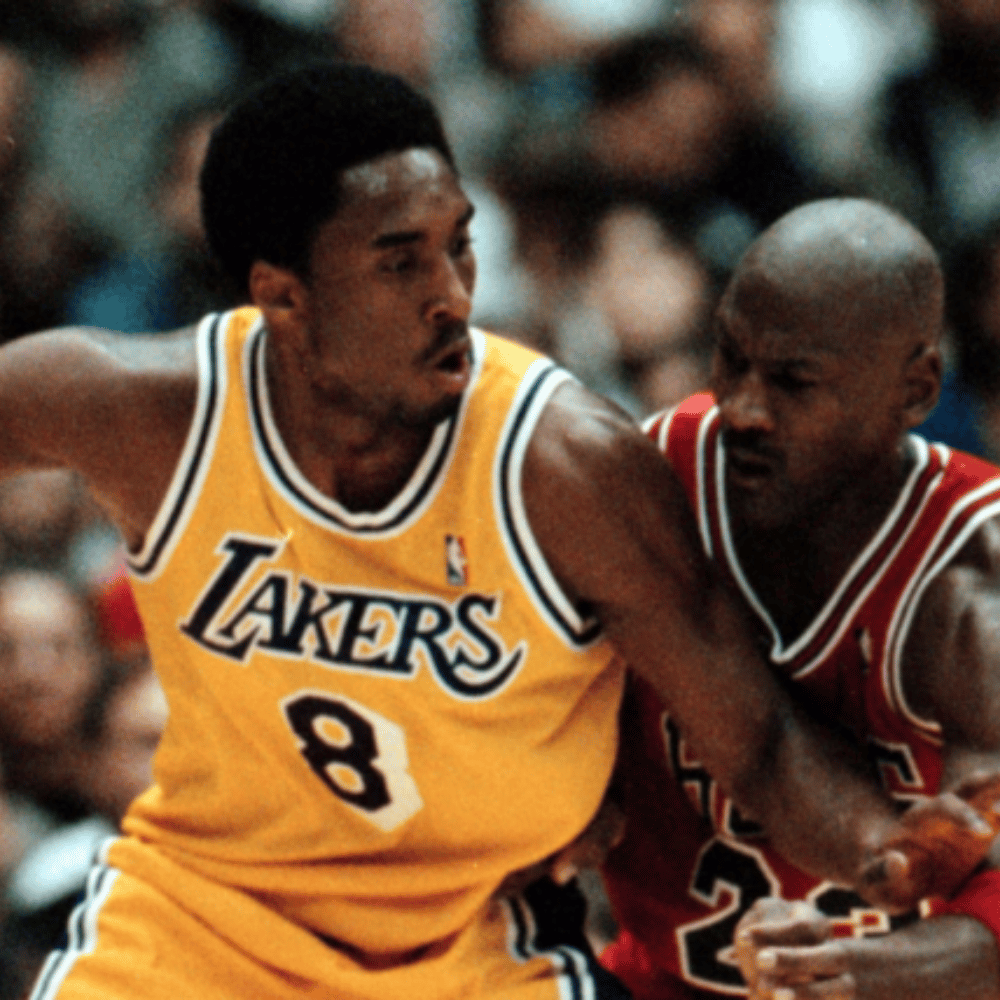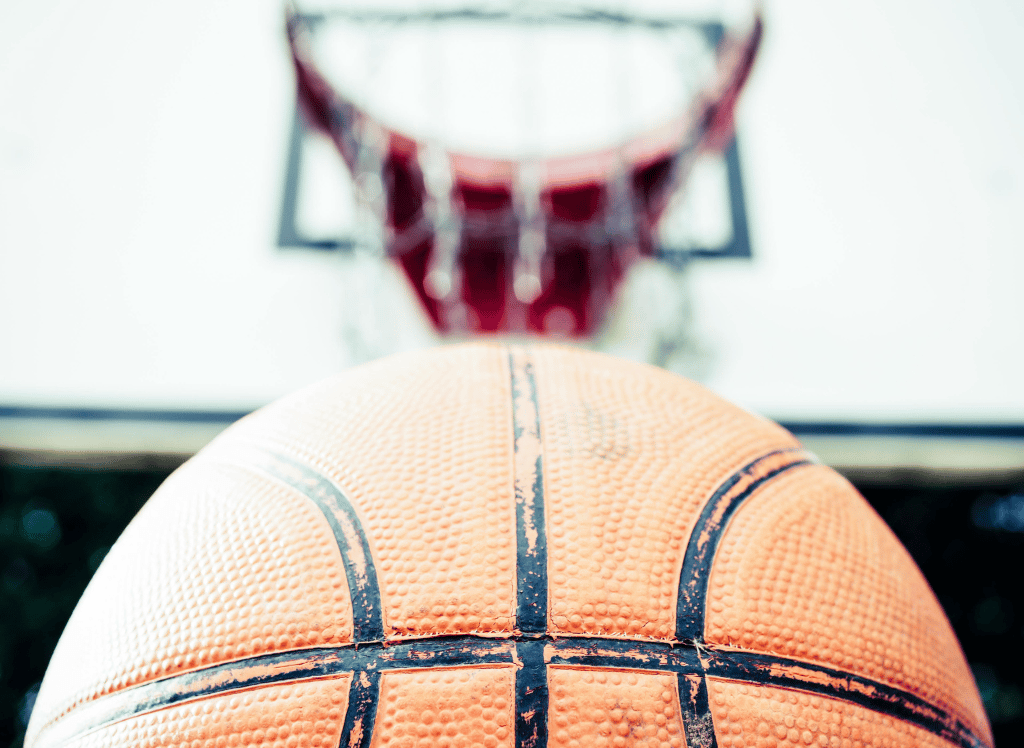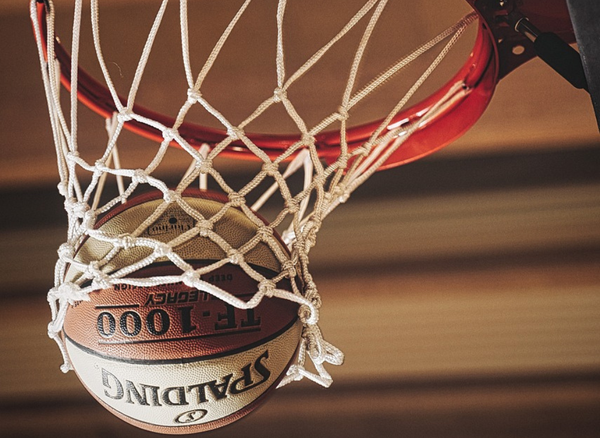Basketball is a game of strategy, skill, and positions. Each player on the court has a specific role, defined by their number position. These positions are crucial for the flow of the game, dictating offensive plays and defensive setups. In this article, we'll dive deep into the number position in basketball, exploring each role's responsibilities and how they contribute to the team's success.
Point Guard
Often referred to as the "1," the point guard position is typically the best ball handler and passer on the team.
Notable point guards like Stephen Curry and Chris Paul exemplify the importance of this position, as they play point guard with precision and leadership.
Point guards are responsible for bringing the ball up the court and setting up offensive plays. They need to have excellent ball handling skills and the ability to create shots for themselves and their teammates. On defense, they apply pressure on the opposing team's point guard, trying to disrupt the other team's rhythm.
Shooting Guard
The "2" or shooting guard position is often one of the best shooters on the team, especially from the three-point line.
Players like Michael Jordan and Kobe Bryant, who played the shooting guard position, were known for their scoring prowess and clutch performances.

Shooting guards also play a vital role in playing defense, often guarding the other team's best perimeter player. They need to be quick on their feet and have the stamina to run around screens to stay with their assignment. Additionally, shooting guards help bring the ball up the court and can act as a secondary ball handler.
Small Forwards
The small forward, or "3," is perhaps the most versatile player on the team. Players like LeBron James and Larry Bird have defined the small forward position with their ability to play inside and out.
On offense, small forwards create scoring chances not only for themselves but also for their teammates. They are often tasked with taking on the opponent's best wing player defensively, requiring them to have a combination of size, speed, and intelligence.
Power Forwards
Known as the "4," power forwards play a critical role in both offensive and defensive rebounding.
Best NBA power forwards like Tim Duncan and Kevin Garnett have shown that power forwards tend to be team players who do the dirty work in the low post.
Power forwards are essential in setting screens and opening up the floor for guards and small forwards. They must have the strength to battle for offensive rebounds and the agility to defend both in the paint and on the perimeter.
Centers
The center, or "5," is usually the tallest and strongest player on the team.
Centers like Shaquille O'Neal and Hakeem Olajuwon have dominated the position by controlling the paint on both ends of the court.
Offensively, centers often operate from the low post, using their size to score over smaller defenders or pass out to shooters. They are also crucial in securing offensive rebounds, which can lead to second-chance points.
The Evolution of Basketball Positions
Modern basketball has seen the emergence of hybrid positions and players who can handle multiple roles. Combo guards can play both the point guard and shooting guard positions, while point forwards like LeBron James can handle the ball and direct the offense. This versatility allows teams to be more dynamic and unpredictable.
Hybrid positions require players to have a broad set of basketball skills. They must be able to shoot, pass, rebound, and defend at a high level. This evolution has made basketball more exciting and showcases the incredible talent and adaptability of basketball players.
The Sixth Man
Not all critical roles in basketball are starters. The sixth man is a player who comes off the bench to provide energy, scoring, and stability to the team's offense and defense. This player is often versatile enough to cover multiple positions and can change the momentum of a basketball game.
Great sixth men like Manu Ginobili and Lou Williams have shown the importance of having a strong player come off the bench. They are ready to step in and contribute in any situation, whether it's scoring, playing defense, or leading the second unit.
The Importance of Basketball Drills
To excel in any basketball position, players must continuously hone their skills through basketball drills. These drills focus on shooting, ball handling, defensive movements, and more. They are designed to improve a player's ability to perform their role effectively during a basketball game.
Basketball drills can be position-specific or general. For example, point guards may work on dribbling drills to improve their ball handling, while centers might focus on drills that enhance their ability to grab rebounds and block shots.
Number Position in Basketball FAQ Section
What are the five basic positions in basketball?
The five basic positions in basketball are point guard (1), shooting guard (2), small forward (3), power forward (4), and center (5).
How has the number position in basketball changed in modern times?
Modern basketball has seen the rise of hybrid positions and players who can perform multiple roles on the court. This has led to more versatile and dynamic teams.
Why are basketball drills important for players?
Basketball drills are crucial for players to develop and refine the skills needed for their specific position. They help improve shooting, ball handling, defensive abilities, and overall game performance.
Summary
The number position in basketball is more than just a label; it's a set of responsibilities that each player must fulfill for their team to succeed. From the point guard to the center, each position has a unique role that requires specific skills and basketball IQ. As the game continues to evolve, so do the positions, with players becoming more versatile and adaptable. Understanding these roles is essential for anyone looking to deepen their appreciation of the game or improve their own basketball skills.









